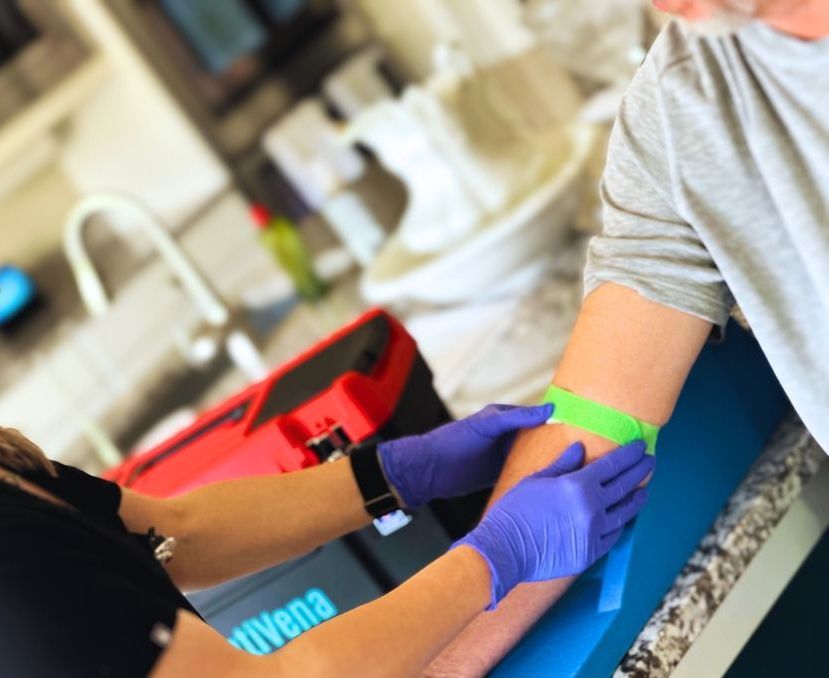Potential Side Effects to Therapeutic Phlebotomy
Therapeutic phlebotomy is generally safe when performed by a trained professional, but like any medical procedure, it can have some potential side effects. Here are the most common side effects patients might experience:
1. Lightheadedness or Dizziness:
Some patients may feel lightheaded or dizzy during or after the procedure, especially if a significant amount of blood is removed. This is due to the drop in blood volume, which can temporarily lower blood pressure.
2. Fatigue:
Feeling tired or fatigued after a phlebotomy session is common, as the body needs time to replenish the removed blood volume.
3. Bruising or Hematoma:
Bruising at the site of the needle insertion can occur, especially if the patient has fragile veins or if there is some movement during the draw. A hematoma, or a collection of blood under the skin, may also form but usually resolves on its own.
4. Mild Pain or Discomfort at the Site:
The area where the needle was inserted might feel sore or tender for a few hours after the procedure.
5. Dehydration:
Phlebotomy removes blood volume, so if a patient is not well-hydrated before the procedure, they may become dehydrated. Drinking plenty of water before and after can help mitigate this.
6. Nausea:
Some patients may experience nausea during or after the procedure, especially if they are anxious about the process or if their body is not used to the removal of blood.
7. Low Blood Pressure:
A rapid drop in blood volume can sometimes cause low blood pressure, leading to symptoms like dizziness, fainting, or a sense of feeling "weak." This is usually temporary and can be managed by lying down and drinking fluids.
8. Fainting (Vasovagal Response):
Some patients may experience a vasovagal reaction, which is when the nervous system overreacts to the needle or the sight of blood. This can cause fainting or a brief loss of consciousness.









